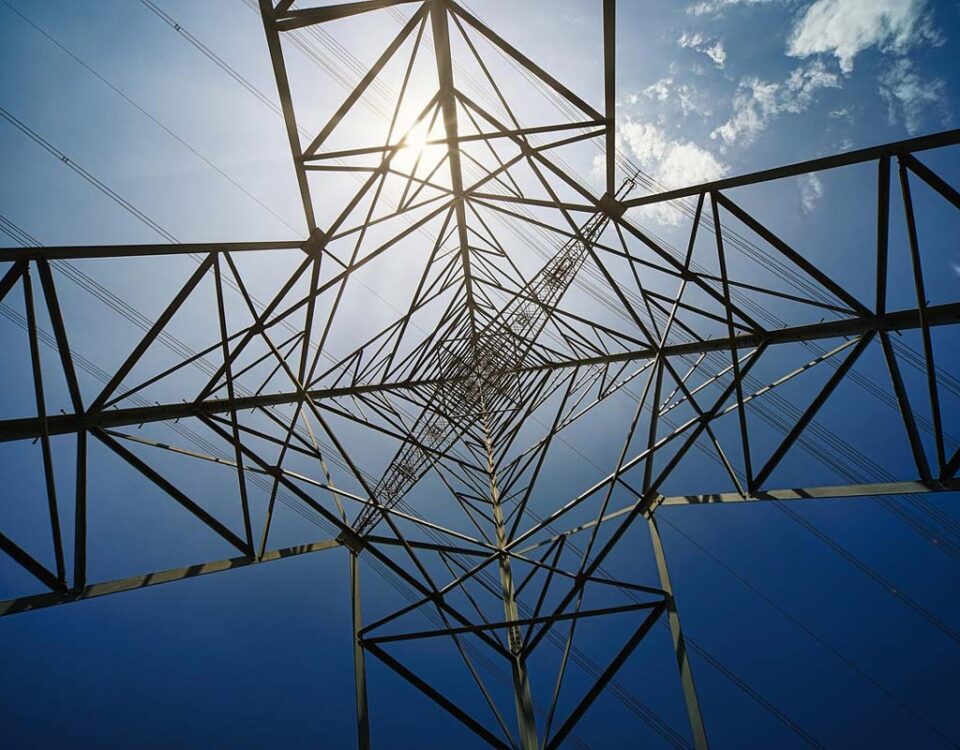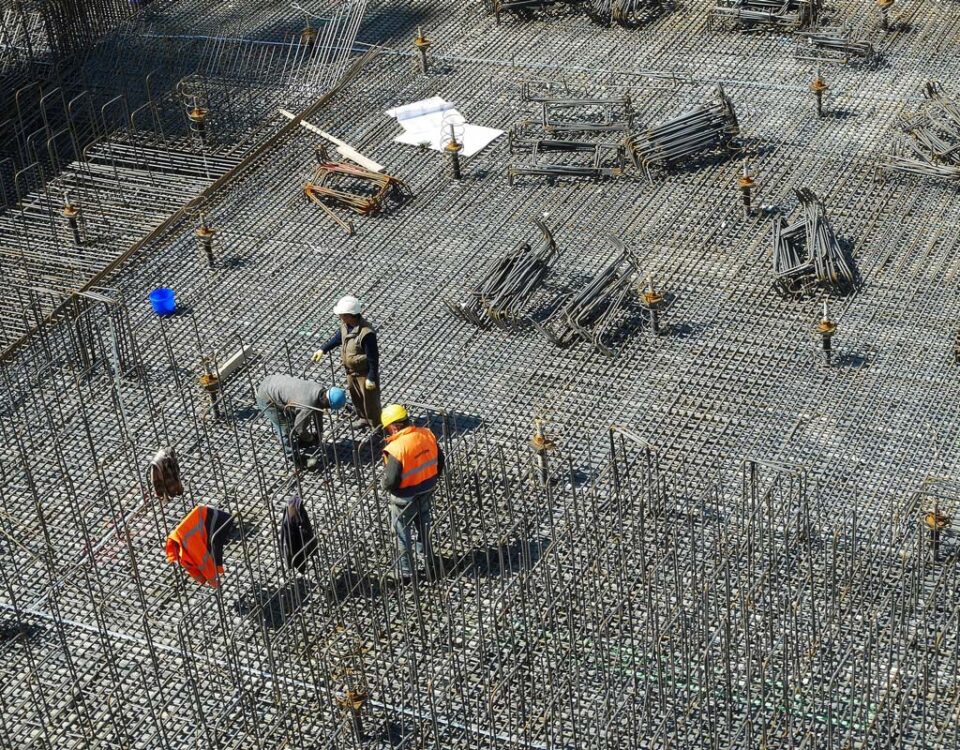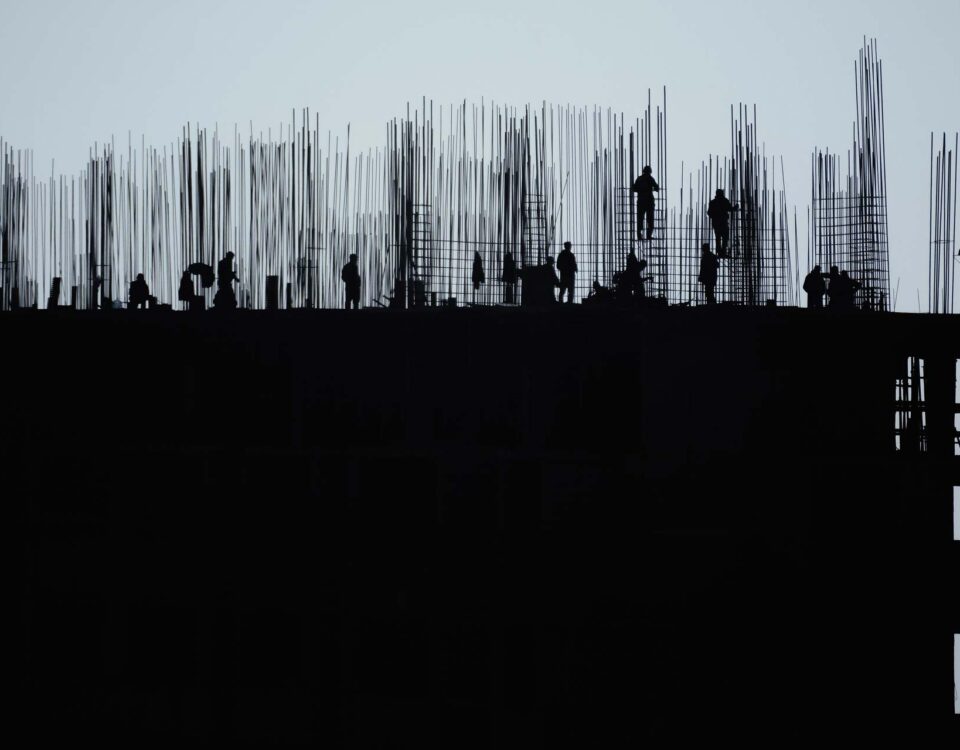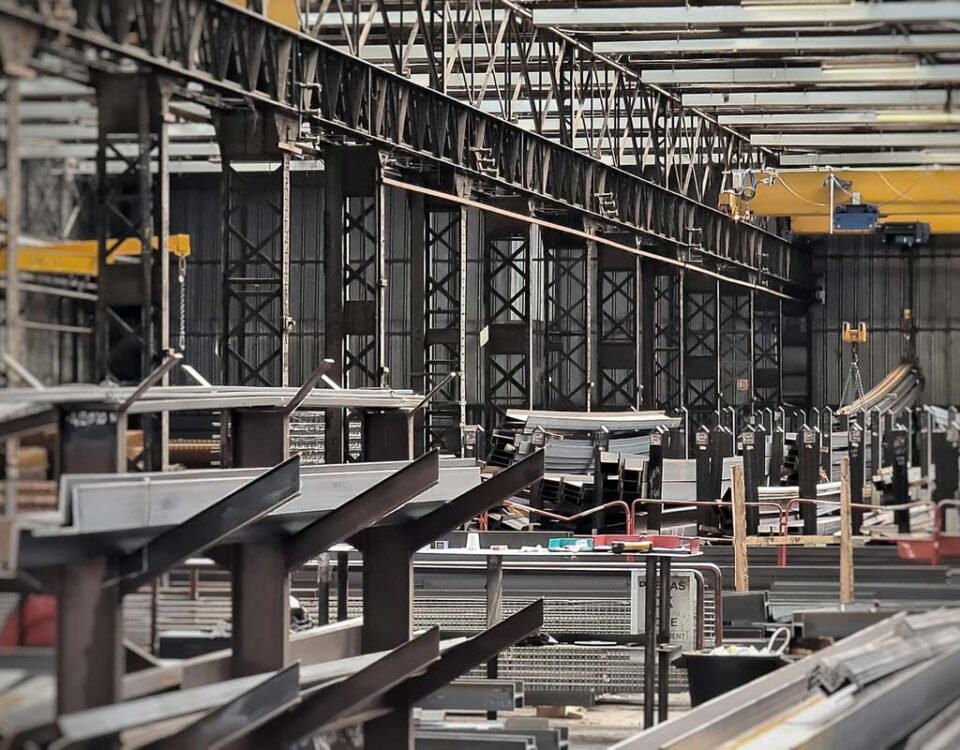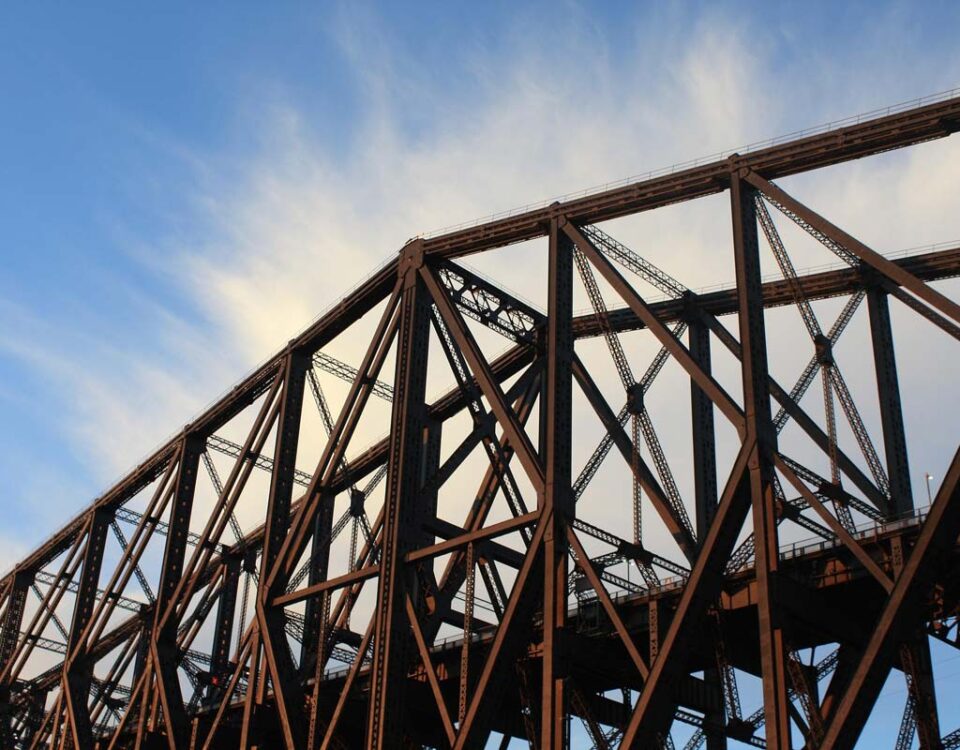Seismic resistance is one of the most critical criteria in the design and execution of buildings, particularly in earthquake‑prone regions. Steel frame structures, due to the unique properties of steel and favorable structural behavior, have in recent decades become a preferred choice for earthquake‑resilient projects.
Elastic Behavior and Ductility of Steel
Steel, by nature, displays elastic behavior and can absorb and dissipate seismic energy effectively. Unlike concrete, steel possesses high ductility—meaning it undergoes significant deformation before failure. This property increases the safety margin against sudden structural collapse.
Variety of Lateral Resistance Systems
Steel framing allows for diverse seismic‑resisting systems, such as steel moment frames, concentric braced frames (CBF), eccentric braced frames (EBF), and steel shear walls. Each system offers different energy absorption and dissipation capacities, enabling designers to select the optimal solution based on architectural requirements and building occupancy.
Connections and Execution Details
The type and quality of connections—bolted or welded—directly impact the seismic performance of the structure. Weak or poorly executed connections can reduce ductility and cause localized or total failure during an earthquake. Accurate design, continuous supervision, and strict quality control in welding and bolting according to codes are essential.
Prefabrication and Quality Control
Manufacturing steel members in a controlled factory environment enhances dimensional accuracy and quality. Key seismic details such as section thickness, continuity plates, splices, and gusset plates can be fabricated precisely in compliance with standards.
Connection Behavior and Stiffness Distribution
In steel frames, stiffness and ductility can be fine‑tuned through connection type and bracing layout. Moment frames rely on ductility and energy dissipation, whereas bracing systems increase lateral stiffness and control inter‑story drifts.
Corrosion Impact and Protection
Seismic performance depends on maintaining the full cross‑section of load‑bearing members. Corrosion can reduce effective cross‑section over time, diminishing capacity. Protective coatings and anti‑corrosion measures are therefore integral to long‑term seismic resilience.
Advantages for Tall Buildings and Long Spans
Steel frames are well‑suited for high‑rise and long‑span structures, where lower weight and greater rigidity can reduce seismic lateral forces.
Code Compliance and Standards
Seismic design for steel frames must comply with national and international standards, such as AISC 341 and Iran’s Standard 2800. These codes define response modification factors, ductility‑based design philosophy, and detailed execution requirements.
Conclusion
By adhering to design provisions, paying close attention to construction details, and using high‑quality materials and connections, steel frame structures can deliver outstanding seismic performance—effectively safeguarding lives and property against earthquakes.









